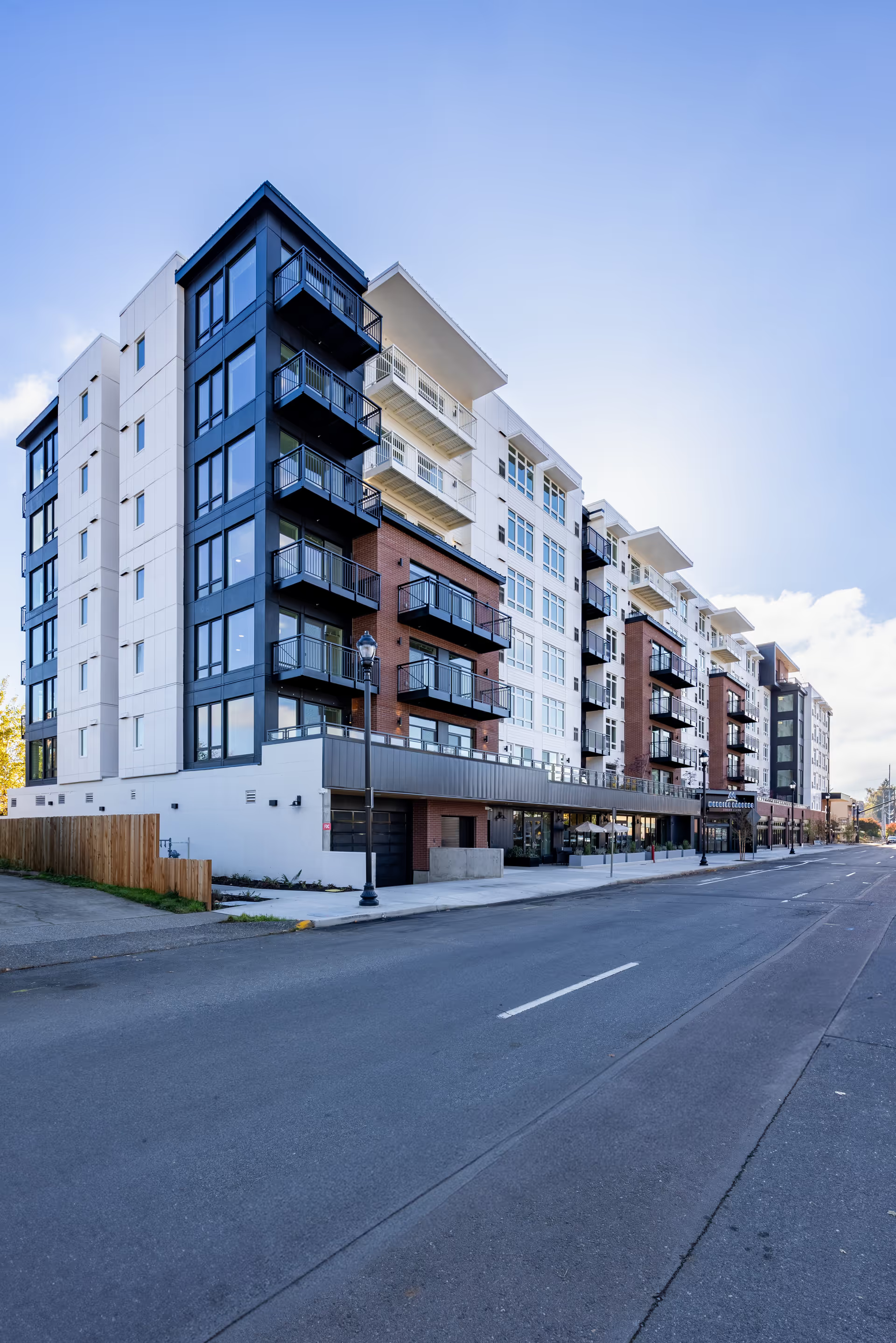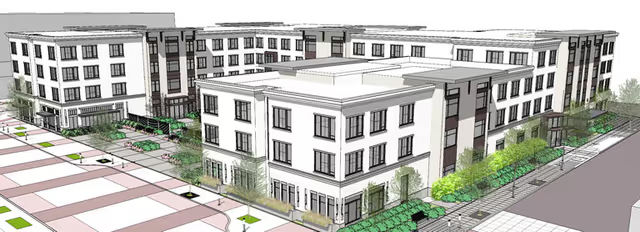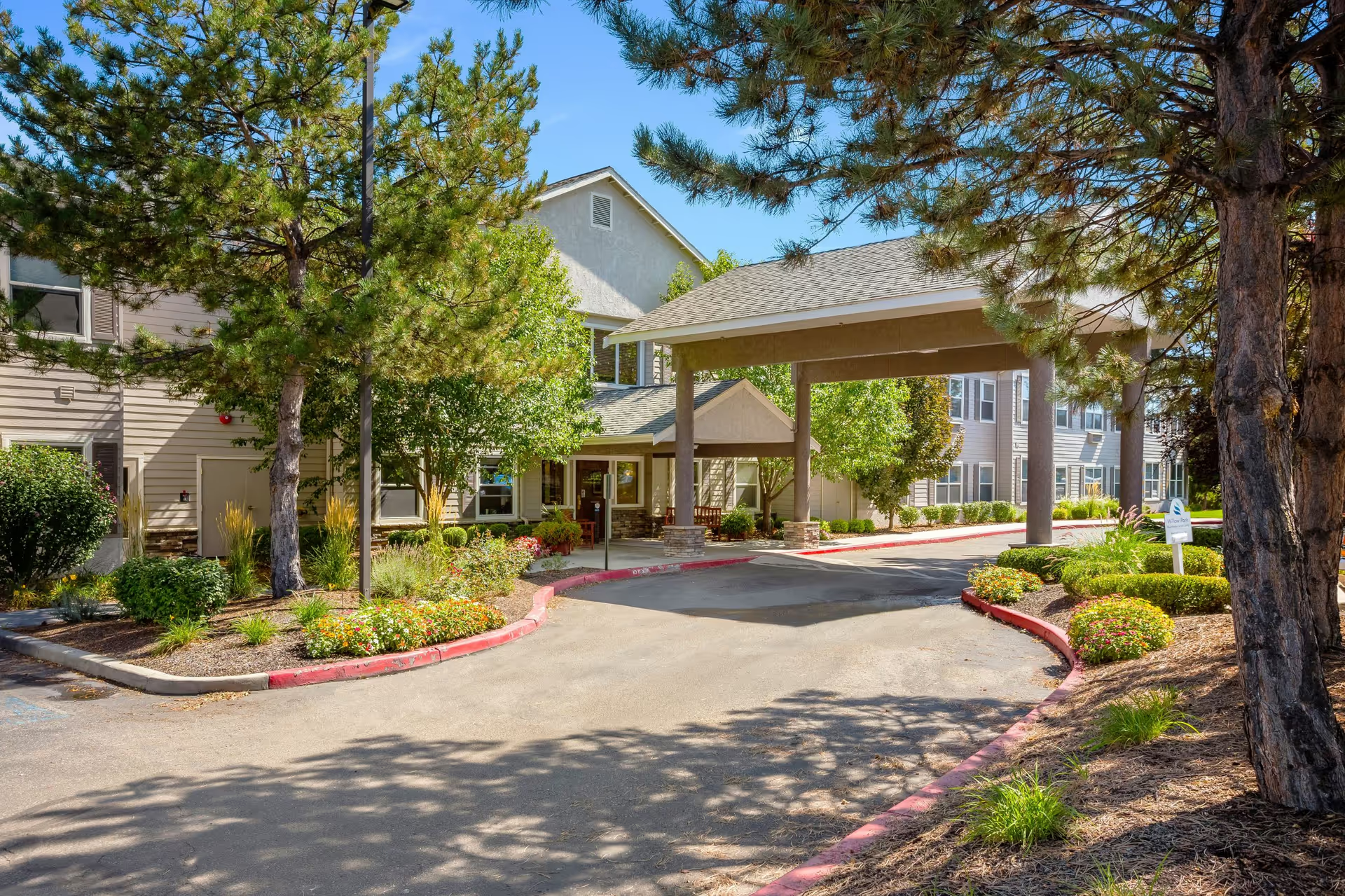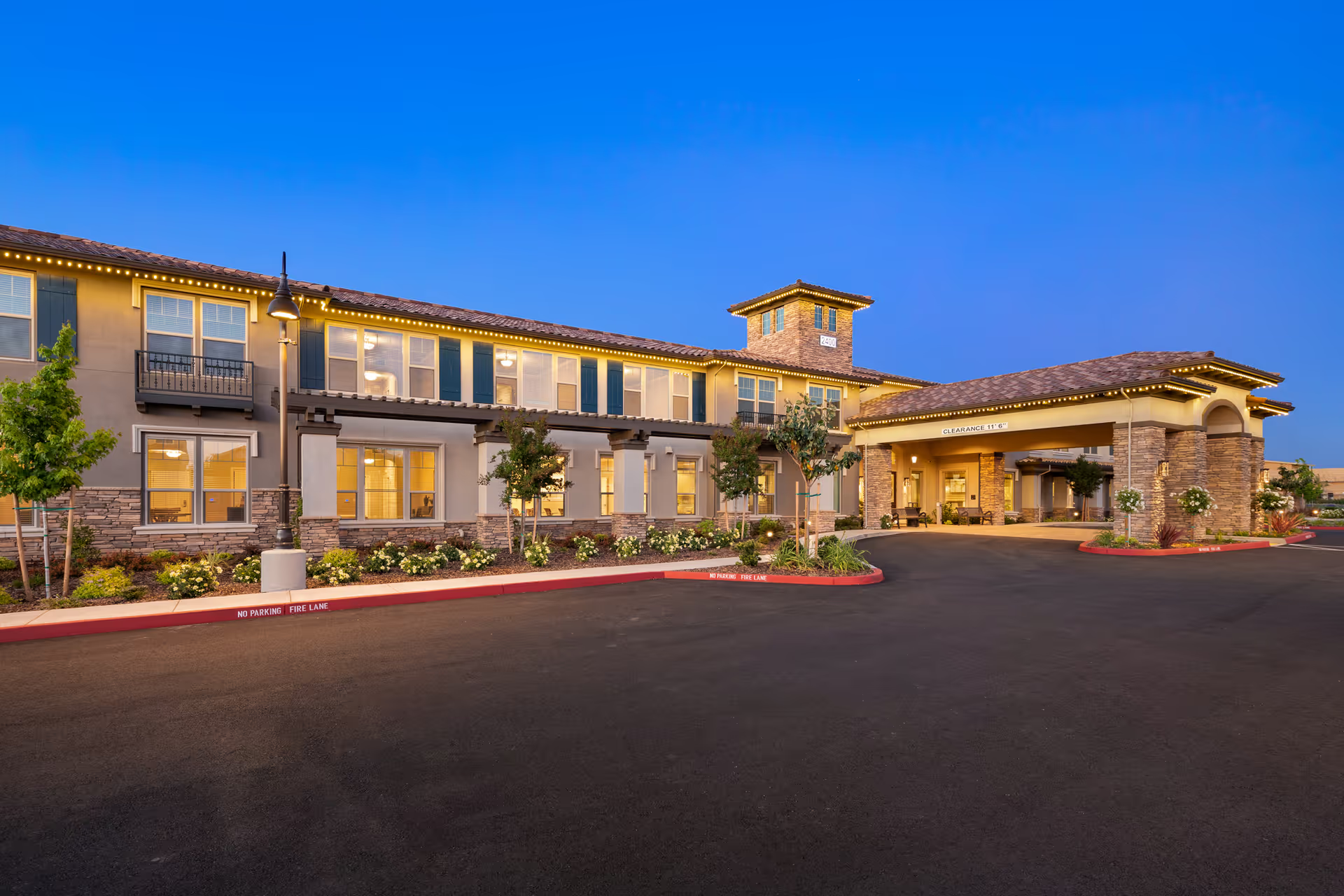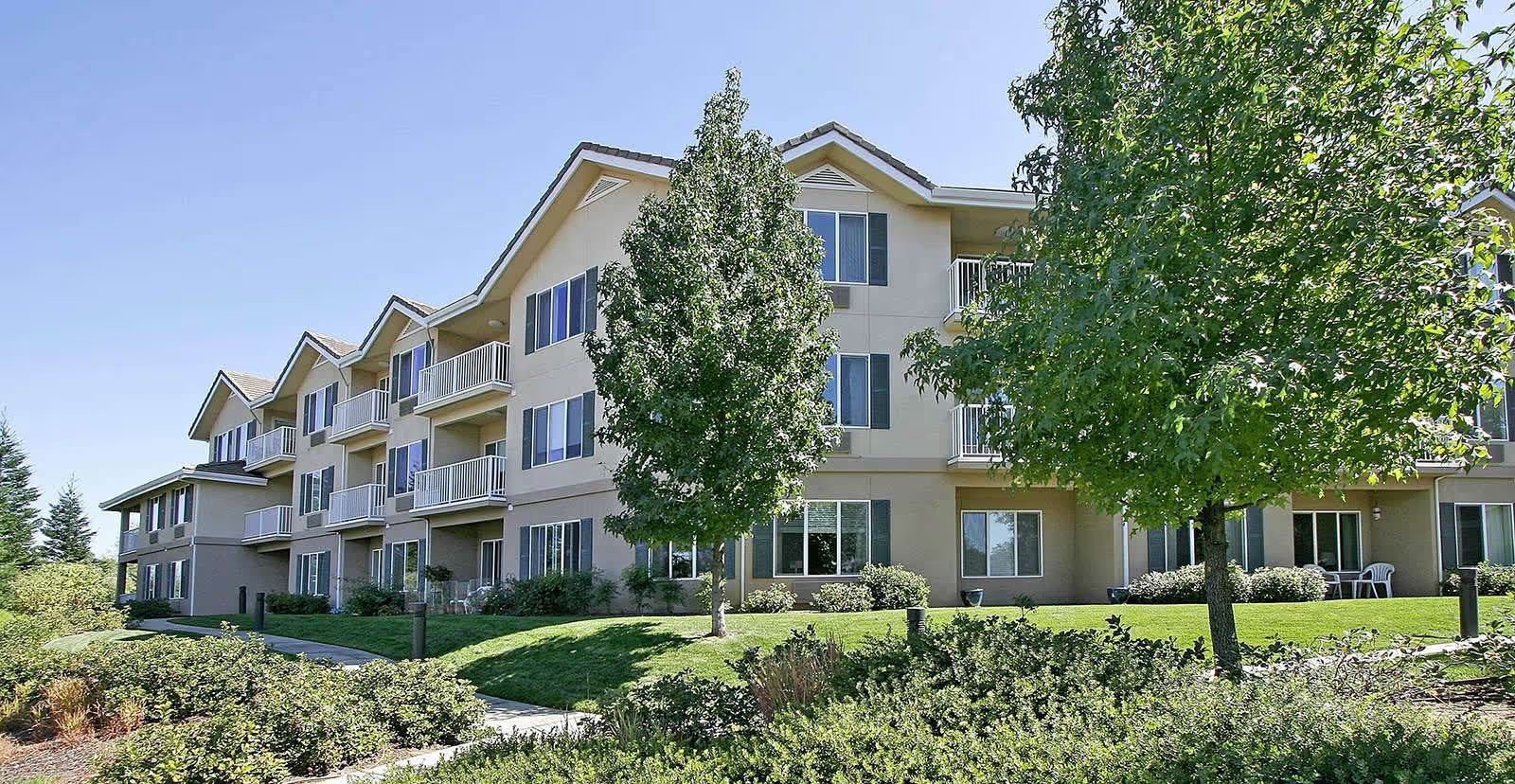Overall sentiment across these summaries is mixed but leans toward concern. Reviewers consistently note a small, convenient assisted living facility with some genuinely compassionate employees and welcoming residents. However, there is a repeated pattern of operational and quality issues — most prominently inconsistent care, staffing shortages (especially at night), and problems with medication monitoring — that undermine confidence for several reviewers. The facility appears to divide opinion: some families had positive, even heartwarming experiences with specific staff members and found the setting pleasant, while others report serious problems, including safety concerns and poor management.
Care quality is the most contentious theme. Positive comments describe caring, thoughtful staff who ‘‘go above and beyond’’ and specific family reports that a relative received adequate physical care with no complaints. Conversely, multiple reviews cite past medication-management errors and ongoing poor medication monitoring. Several reviewers characterize the overall care as ‘‘second-rate’’ or inconsistent, with some shifts providing attentive service and others leaving residents neglected. The combination of medication issues and inconsistent attention suggests systemic process weaknesses rather than isolated incidents.
Staffing and staff behavior are another major pattern. Supporters highlight helpful, compassionate employees and friendly interactions with residents. Critics, however, report insufficient staffing (notably at night), low staff visibility, poor responsiveness to calls, and staff bickering. There are also very serious allegations — theft or missing belongings attributed to staff — which, if accurate, represent major safety and trust breaches. Customer service is described as unfriendly in some accounts, and these interpersonal/management problems appear to exacerbate family concerns about reliability and oversight.
Facilities and dining draw a split response. The location and small scale are commonly praised: easy to access and intimate, with an on-site coffee shop and residents who can be welcoming. But multiple reviewers describe the interior as dark or gloomy, rooms not consistently clean, and the dining room cramped and uninviting. Food quality is repeatedly criticized (too salty, ‘‘gross’’), which is an important quality-of-life issue for long-term residents. These physical and environmental shortcomings contribute to an impression of a facility that has charm for some but is allowed to decline in upkeep and dining standards for others.
Activities and programming emerge as an area needing improvement. Several comments point to a lack of meaningful activities and limited offerings overall. The activity director is named unfavorably in at least one summary, and others simply describe programming as sparse or not engaging. For families seeking active social and recreational engagement for their loved ones, these limitations are a clear negative.
Management and overall recommendations are mixed but skew negative. Some reviewers explicitly say they would not recommend the facility, citing management lapses around staffing, medication, security, and customer service. Other reviewers note comparable pricing and positive staff members as reasons to consider it. The mixed reports suggest variability by unit, shift, or individual staff members rather than uniform performance. Because many criticisms touch on resident safety (medication errors, theft, unresponsiveness), these are significant red flags for prospective residents and family members.
In summary, Laurelhurst House appears to be a small, conveniently located assisted living community with notable strengths in personal, compassionate caregiving from some staff members and a friendly resident culture reported by a subset of reviewers. However, frequent and serious concerns about inconsistent care, medication management, staffing shortages (especially at night), cleanliness, dining quality, and even alleged theft create a pattern that should prompt caution. Prospective families should visit in person at different times of day, ask for details about staffing ratios and night coverage, review medication-administration protocols and incident logs, inspect room cleanliness and dining during mealtimes, and seek references from current families before deciding. These steps can help determine whether the positive experiences others report would likely apply in their specific case or whether the risks noted by multiple reviewers outweigh the benefits.
